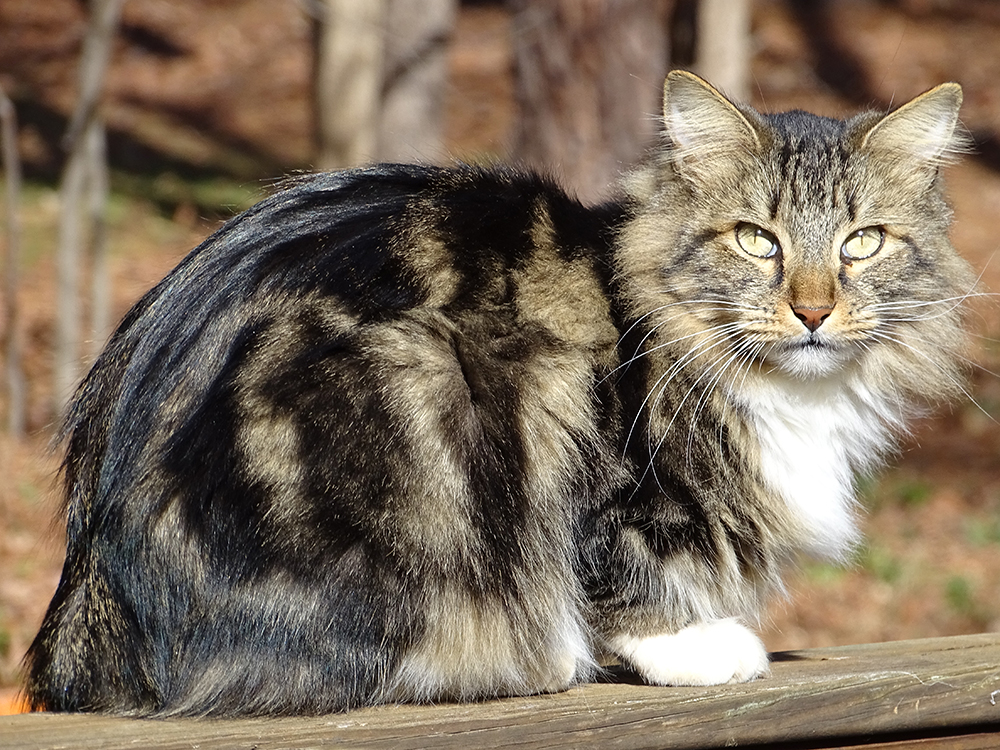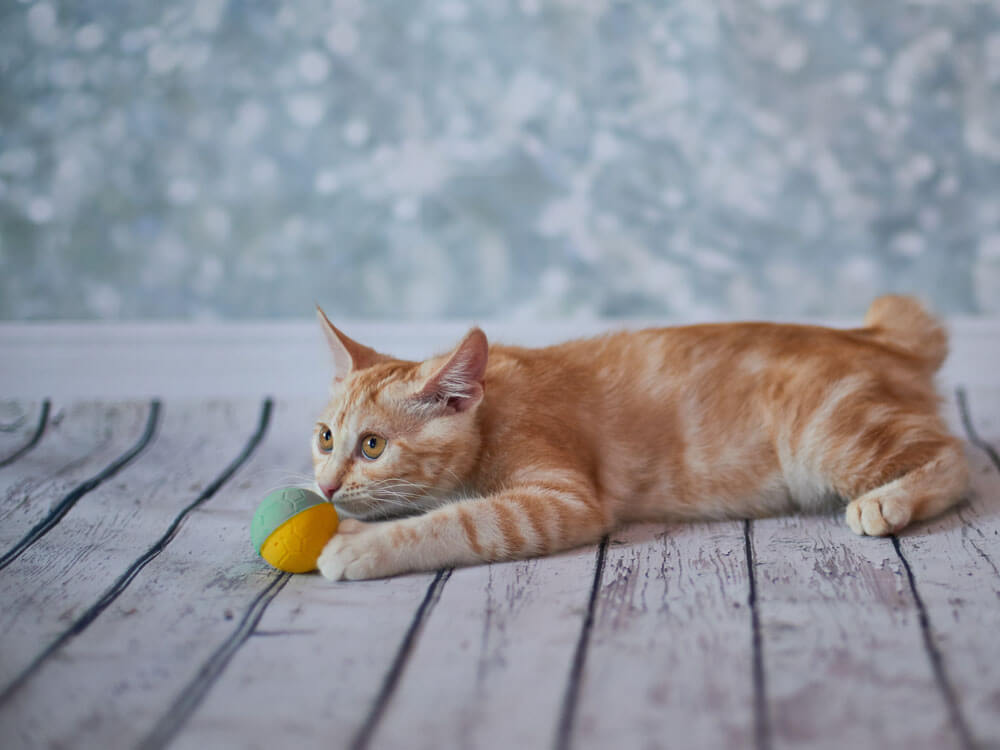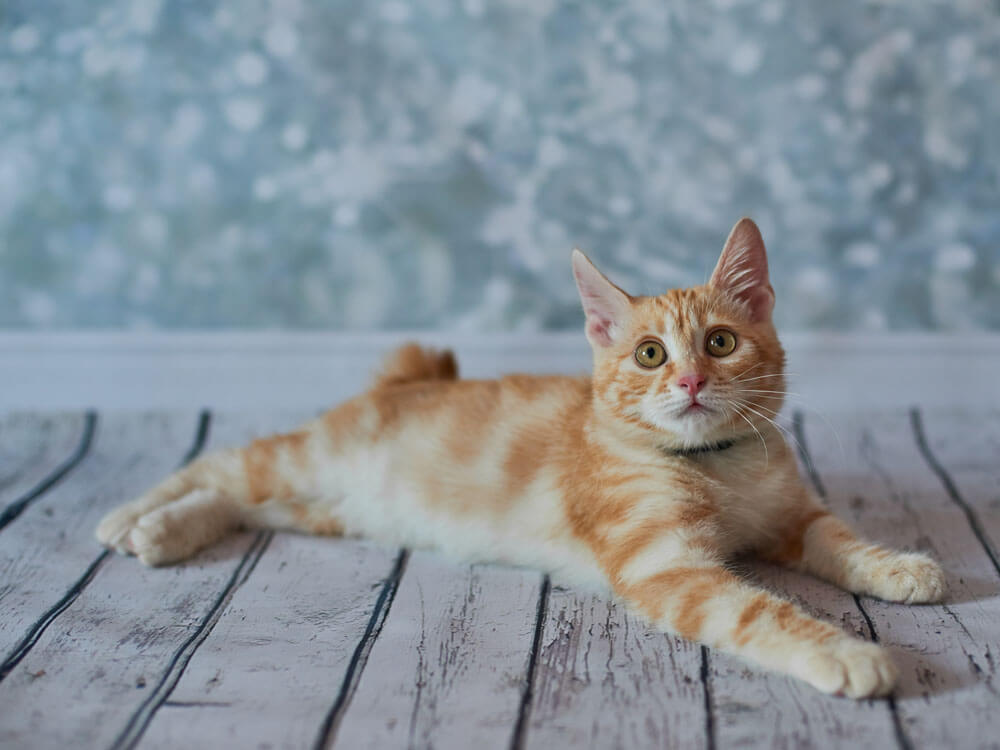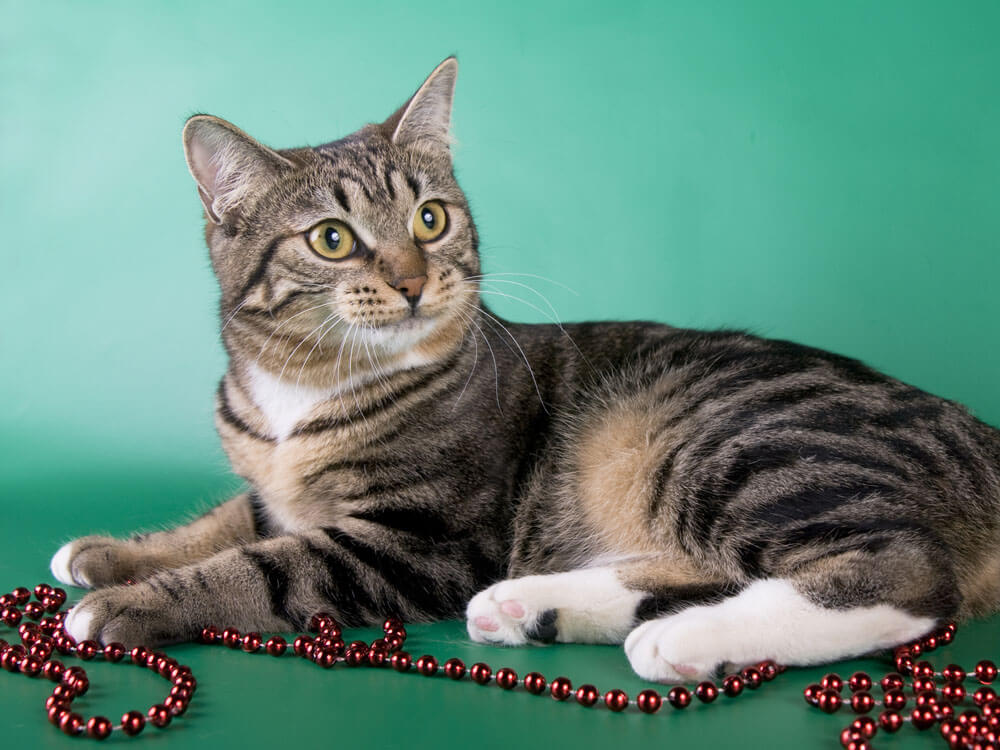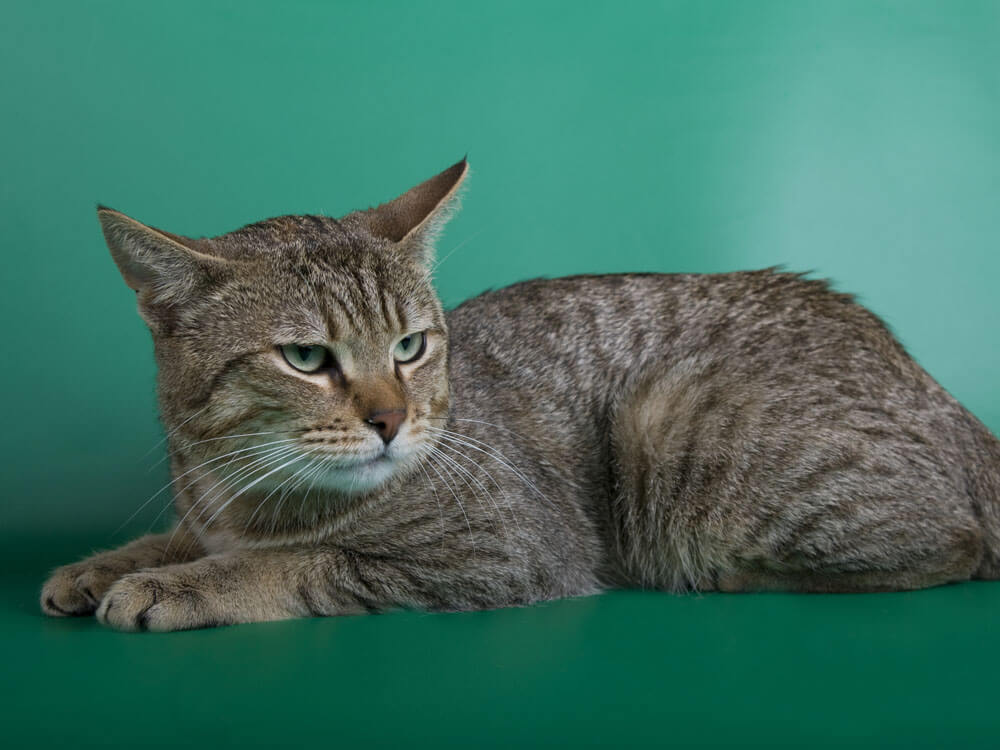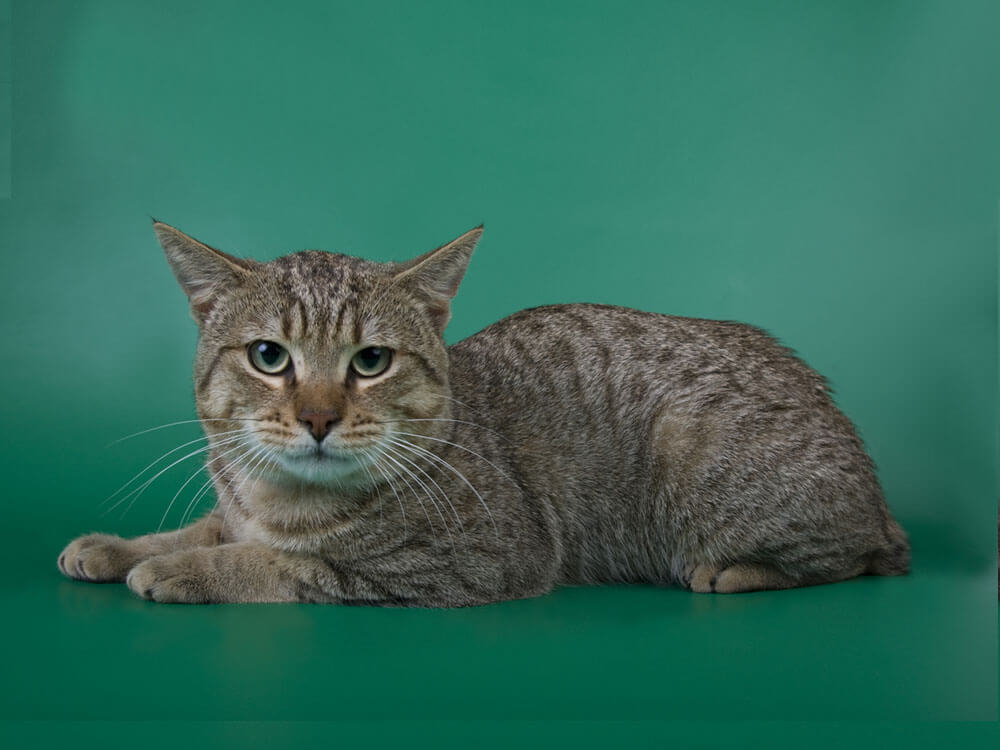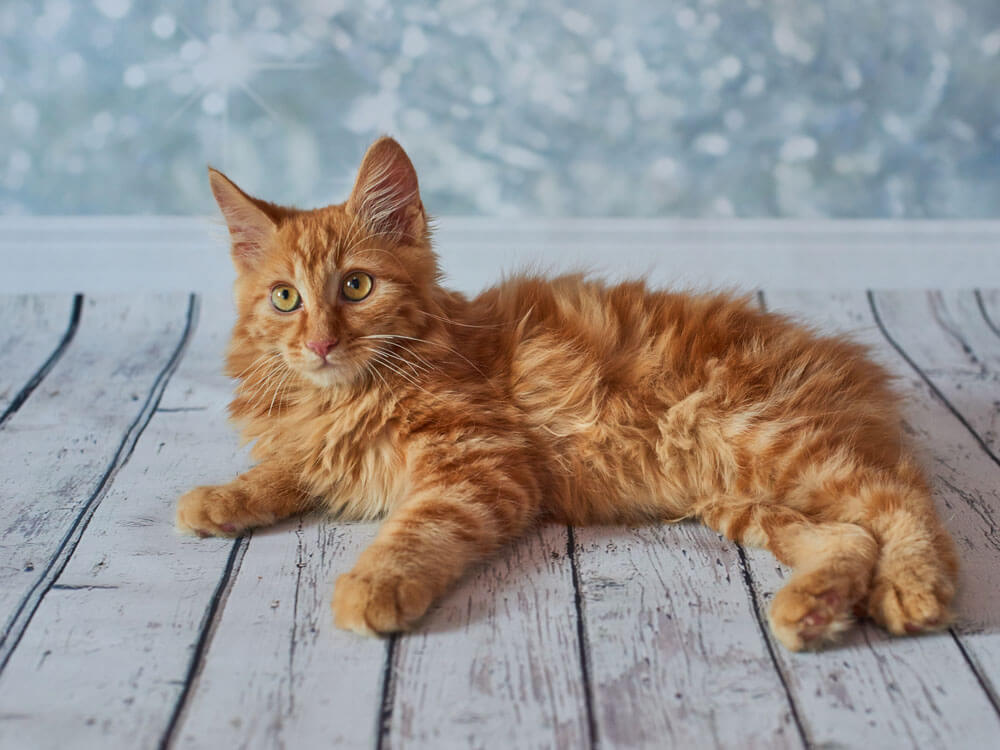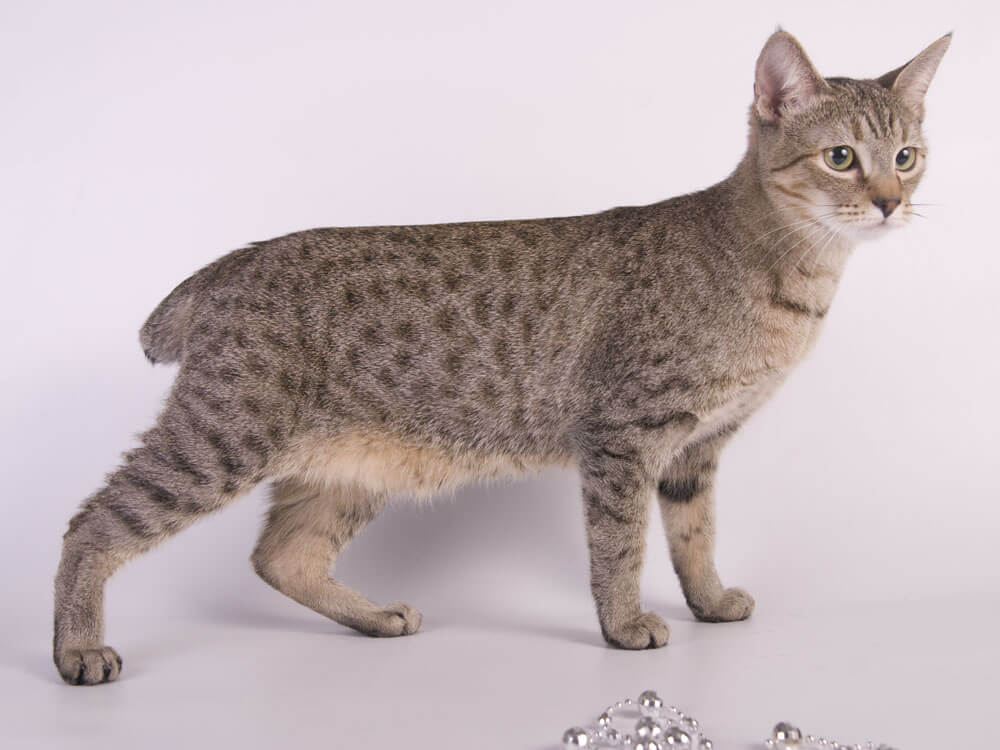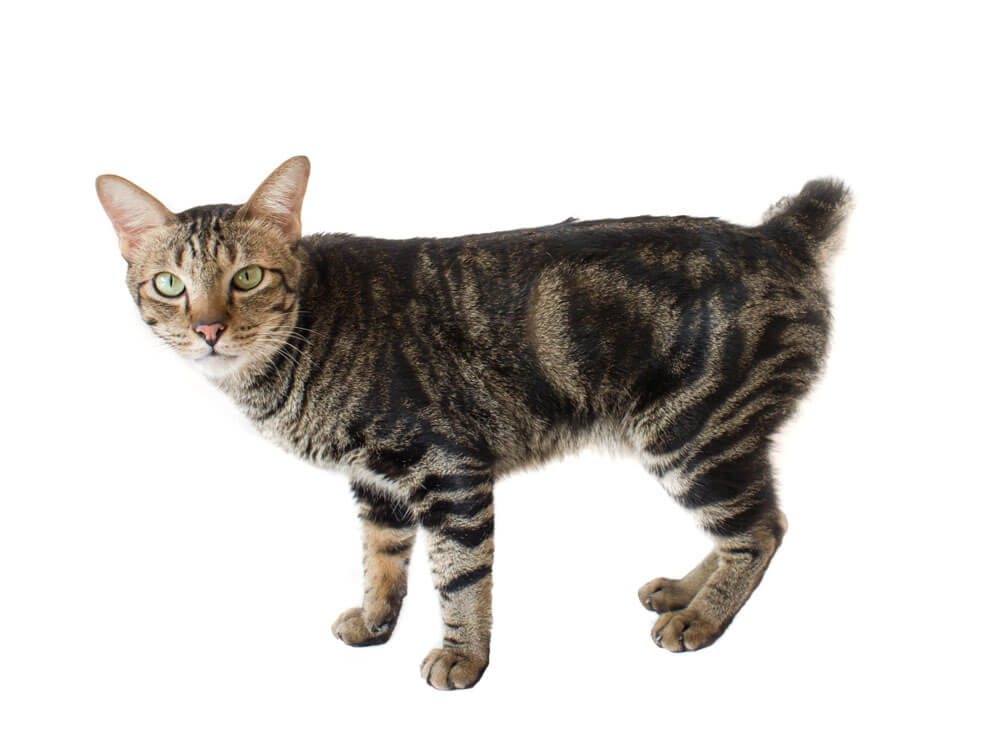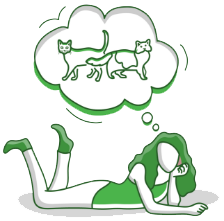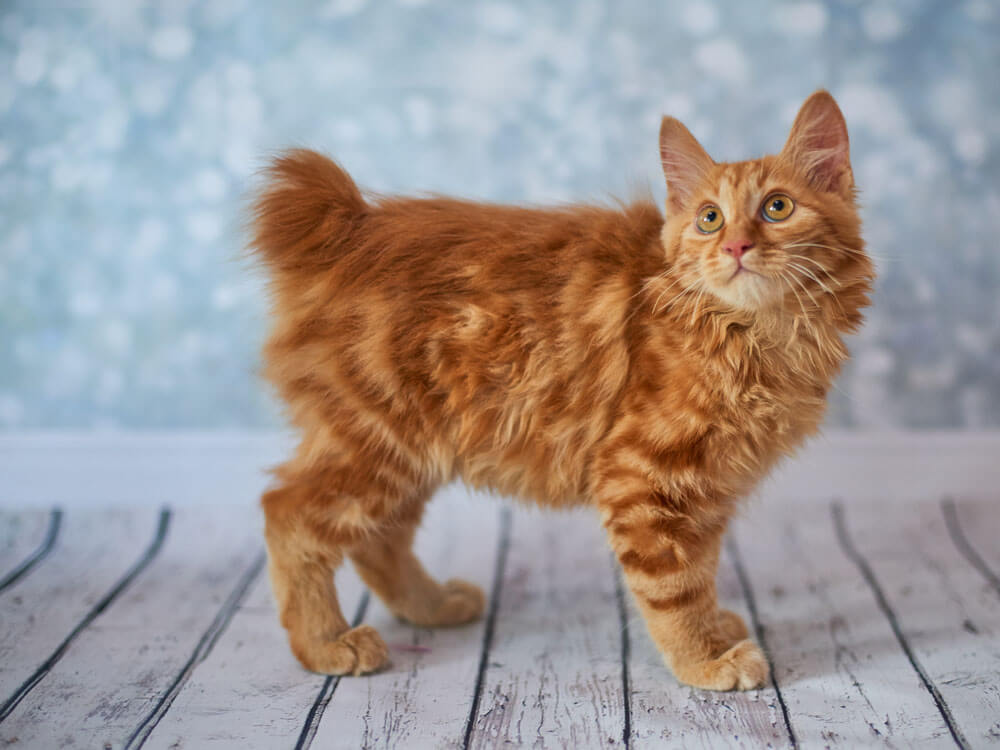
American Bobtail Breed Pictures
Vital Breed Stats
| Weight: | 0 - 0 kg M | 0 - 0 kg F |
| Life Expectancy: | 12 - 15 years |
Breed Characteristics
| Size: |  |
| Grooming: |  |
| Trainability: |  |
| Good with Children: |  |
| Good with other pets: |  |
| Affectionate: |  |
| Active Level: |  |
Give a thumbs up if you love the American Bobtail

0
More About the Breed
History
The American Bobtail emerged in the US in the 1960s. The patriarch of the breed, a stray kitten named Yodie, was found in Arizona by a couple from Iowa, John and Brenda Sanders. They saw that the tabby kitten had a distinctly short tail.
Although its ancestry is unknown, it was speculated that Yodie was the result of the crossbreeding of a domestic tabby cat and a bobcat. The couple nevertheless took him home. Yodie mated with the non-pedigreed family cat, which produced a litter that had Yodie’s bobbed tail.
Mindy Schultz, a friend of the Sanders, noted that there was a potential for a new breed. Yodie’s female offspring were then bred with a long-haired pedigreed colourpoint feline. The resulting kittens were then recognised as the first American Bobtail cats.
As the breed developed, other long-haired pedigreed felines were involved, such as the Himalayan, Birman, and a Himalayan/Siamese hybrid. Schultz drew up the first set of standards for the new breed in the 1970s. She became known as the first American Bobtail breeder.
The early versions of the American Bobtail were not healthy as there was much inbreeding. In response, another set of breeders created a new breeding programme, which avoided the earlier versions of the said breed. The American Bobtail was eventually acknowledged in 1989 by The International Cat Association (TICA) and was fully recognised in 2002. The Cat Fanciers’ Association (CFA) followed suit in 2000 and awarded it full championship status in 2006. It is not yet recognised by the Governing Council of the Cat Fancy (GCCF).
Today, this feline is still scarce in the US. This is because it only recently achieved full recognition from American cat breed organisations. However, its popularity is growing in the US and in some parts of the world.
Appearance and Grooming
Among the bobtail felines, the stocky, medium-sized American Bobtail cat is the largest. Its average weight ranges from 7 lbs to 16 lbs.
This muscular cat’s appearance is similar to that of a bobcat, but with a more domesticated nature. Its face and ears are wedge-shaped; its upright ears have rounded tips. Its eye colour can be of any hue and is linked to the feline’s coat colour. Its feet are notably large and round, usually with tufts of hair between its toes. The back legs are a bit longer than the front legs.
Its tail, which is its signature physical feature, is noticeably short. This trait is said to be a mutation, thus it is a natural feature. It can be anywhere from 2.5-10 cm in length. Interestingly, no two tails of any American Bobtail cat are the same. It can be curved, straight, bumpy, or a bit knotty.
This kitty’s coat has no specific pattern, colour, or hair length. It could be short and dense, long, or shaggy. As such, grooming requirements depend on the cat’s coat length. The longer ones typically require more grooming, whilst the shorter length is easier to manage.
It is worth noting that the American Bobtail is different from the Manx and Japanese Bobtail. The Manx, in particular, has a short tail due to an incomplete dominant gene. As such, it can sometimes produce kittens without tails.
Temperament and Intelligence
The American Bobtail cat’s temperament is exceptional. It has been described as a pet that is more likely to love than leave its human. Because of its sensitivity to human emotions, it has been employed as a psychotherapy feline for people experiencing much stress. Because this kitty travels very well, it is favoured by long-haul truck drivers.
This cat breed has been described as a dog in a cat’s body. A smart cat, it can play fetch, be taught tricks, and adapt to various situations and different types of company. It also has a reputation for being skilled at escaping any situation. It is good with children and can live with other pets.
Although affectionate, friendly, and loves attention, it is not demanding. It is patient and calm. However, it tends to form strong bonds with a specific family member. It also takes a bit longer to fully mature, about 2-3 years.
Nutrition and Feeding
The American Bobtail should be provided with a nutritious diet that fulfils its nutritional requirements. It should be consistently given the same meals following the same feeding schedule. If there are modifications to its diet, those must be done gradually to prevent digestive problems.
The serving portions should depend on the cat’s weight, age, and activity level. Its diet must include at least 25% protein and just 5% carbohydrates.
Health and Exercise
The American Bobtail cat is a very healthy and sturdy breed. It is not known to be affected by genetic health issues. Its life expectancy ranges from 12-21 years.
However, there have been cases of this feline being born a rumpy or without a tail. Rumpy ones tend to have shortened spines and may have incontinence issues. As such, it is necessary to acquire this cat from breeders who can provide records and guarantees on its health.
To prevent obesity, ensure that this feline gets enough exercise and be fed the appropriate amount of food. The American Bobtail may be allowed to explore the outdoors, but do not be surprised if it returns to you with an animal gift.
Cost of Ownership
A well-bred American Bobtail kitten will cost anywhere between £450 and £750. Even in the US, being a fairly new and uncommon breed, interested owners will have to be put on a wait list. In the UK, this feline is very rarely seen. As such, the cost of ownership in the UK is unknown.
Based on the typical cost of caring for a cat, owners should expect to spend £150-£520 annually. This estimate includes food, litter, vet bills, and vaccinations. Grooming expenses and insurance are not yet included in this estimate.
Is an American Bobtail Right for You?
- This wild-looking feline is a domesticated softie with a special affinity for humans.
- It is highly adaptable, patient, calm, friendly, and intelligent that it can thrive in a variety of environments.
- This cat is a very healthy breed and generally has no hereditary health issues.
- It travels well and is an entertaining animal companion.
- Long-haired American Bobcats require regular grooming to keep its coat tangle-free and healthy.






